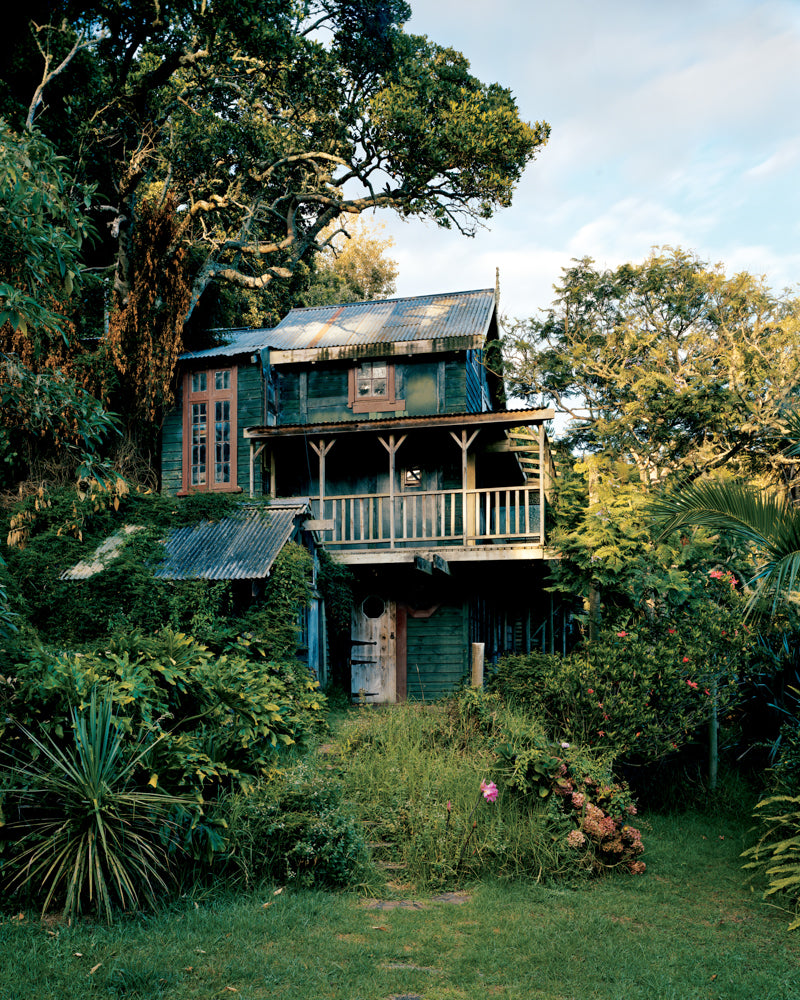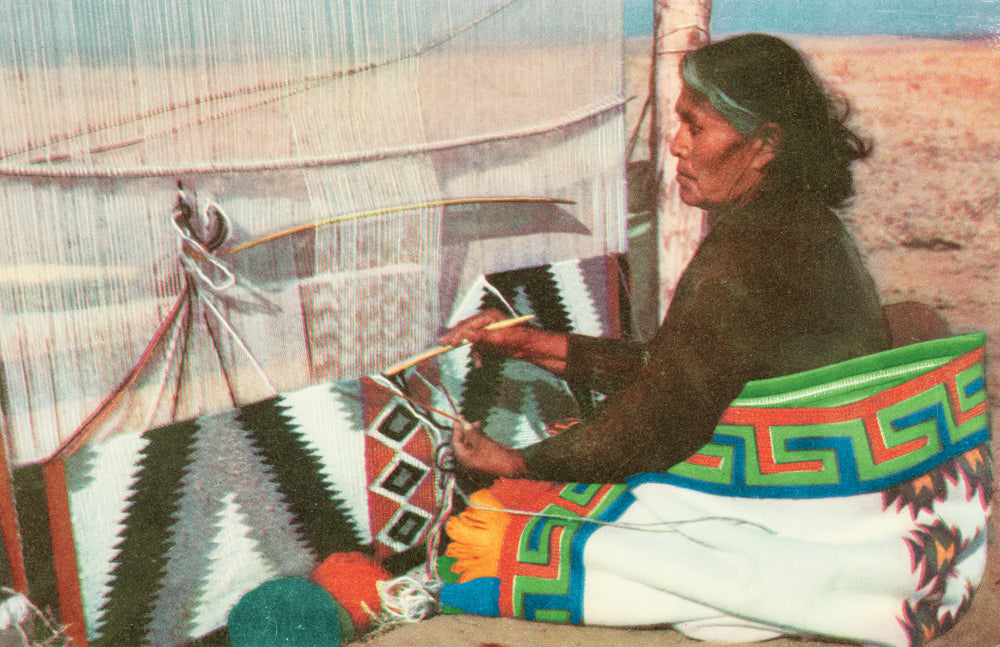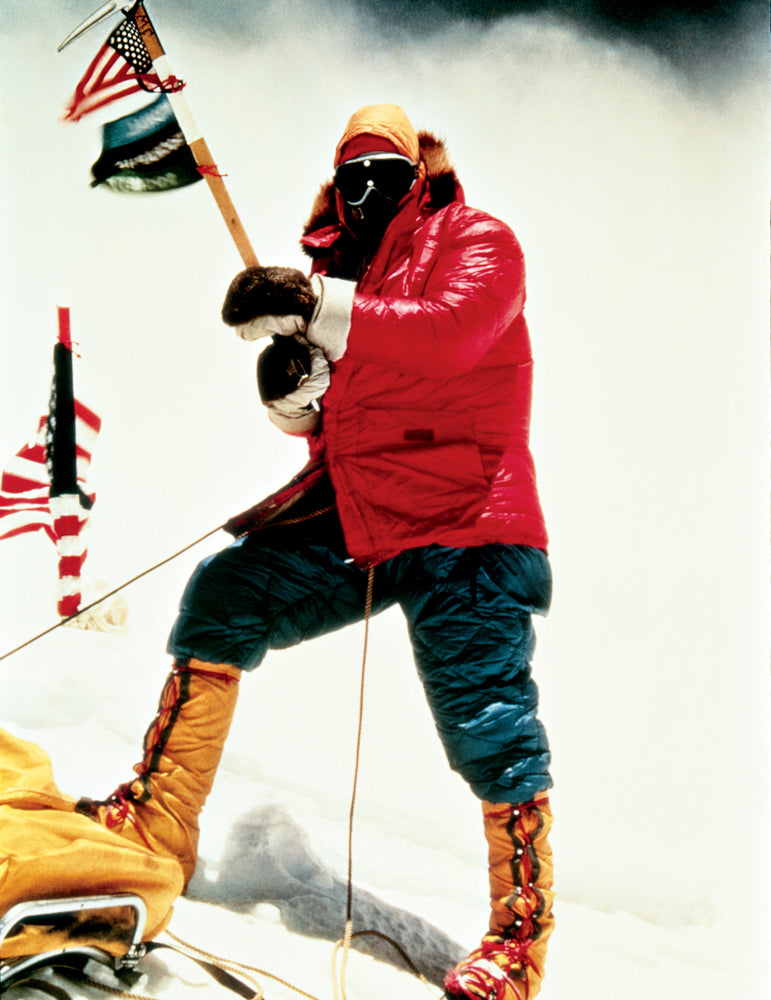
Cabin Fever
CABIN FEVER

The madding crowd swells and our personal space shrinks a little more each day. The idea of peaceful solitude, in distant, empty places, becomes ever more inviting. Fortunately there are a few specks on the global map that still retain that edge of the far frontier, temporary autonomous zones where you can dwell in splendid isolation.
Thoreau opened the cabin door in 1854 with his idyllic tales of the simple life on Walden Pond, the concept of living simply and frugally in perfect balance with nature in the silence of the woods. This minimal, Transcendental lifestyle, escaping the grinding urban/industrial loop, touches something deep in most of us, especially as the wilderness vanishes, the ice caps melt, and manmade structures are beginning to appear in almost every vista you can gaze upon.
Jack Kerouac also pursued the Thoreauvian ideal, in various remote areas of the American West. Jack went looking for some spiritual redemption after civilization and its discontented critics had hosed him too long and hard for the romantic and spontaneous bop prose that inspired so many young dreamers to leave home and hit the road. Kerouac infused his three month stints as a firewatcher in isolated areas of Colorado, Idaho, and Montana, with his own personal version of Zen and the search for meaning in his life. He lived alone in a rugged purpose built cabin, where his only job was to watch for any sign of forest fires in the surrounding landscape.

His lyrical accounts of these sojourns describe long bouts of spiritually inflected solitude that often teeter on the edge of loneliness, a grudging acknowledgement that human contact is eventually necessary. People do need people, as somebody once said. The modern cabin dweller must leap into the Zen of it, the simplicity, the purity of a minimal lifestyle that will tune you in to the cosmos, open up your spirit, corroded as it is by urban living, and the daily noise that constitutes the news of the world. Chop wood, carry water, learn to recognize the sound of one hand clapping, there are certainly some extraordinary locations to do just that.
Сabins both simple and complex are being built, some of them at a very leisurely, organic pace, all around the world. This old school style of building uses recycled elements gathered from many different sources. What they share is a sense of place and purpose, a reason for being where they are, however outlandish and difficult to reach that location may be. Photographs of these homes, in styles that range from Bohemian elegance to random assemblage, often perched in the most inaccessible locations, stir some odd basic longing.

Perhaps they remind us of some ancestral home in a previous life. This slow architecture is designed in part to trigger memories, to recall the past, perhaps to conjure a past you never really had. Perfect places to contemplate the nature of life, of how it all works, and other grandiose ideas. Some people take the idea of escape too far, like the subject of Werner Herzog’s fascinating documentary, Grizzly Man, who deludes himself into thinking that man can live in harmony with wild animals, in this case ravenous carnivores. Turns out you can’t. He really should have rented a cabin and installed old saw blades on the window frames to keep the hungry bears out.
Оur basic instincts revive when we are far from the civilized world. Our senses become more finely honed, but the sharpening is double edged. We may be more attuned to our environment, better to appreciate how Mother Nature works her daily miracles, but we may also begin to intuit the potential for natural mayhem. Invisible predators sizing us up for their next meal. Just when you thought you were alone, maybe you’re not as alone as you’d like to be. Even if Bigfoot doesn’t really exist, in certain isolated places, you are no longer at the top of the food chain.

Seasoned backcountry travelers advise going with your instinct, and departing quickly, if things don’t feel right. Very disappointing advice, especially if you are just gathering the first batch of firewood, or firing up the generator that will run your water pump.
My own personal encounter with unexpected wild creatures took place in the Northern California woods, in an elaborate tree house built in the fork of three massive oaks. It had running water of a fabulous purity, piped in from a nearby stream by a system that seemed, like the suspended cabin itself, to defy gravity. A friend from San Francisco had dropped me there for a week of solitude and literary production.
My only neighbor for several miles in either direction was a tough old outdoorsman who gave me some venison jerky and told me to watch out for the horned owl that sometimes roosted in the treehouse. I thought he was just adding another frisson to the fire of my pastoral angst, but on my first two nights there I did hear odd scratching sounds on the roof. On my third night of splendid isolation I awoke with a heavy weight on my chest.

Opening my eyes I gazed into the round golden eye of an adult horned owl, which was quietly contemplating my fleshier parts as it sat like a feathered Buddha on my chest.
As gently as I could I pulled the thick woolen blanket over my head. The weight remained on my chest, so I performed a sudden Zen scream and flip and the bird hopped off and onto the window ledge, from which he glided out into the night. I nailed the window shut and early the next morning walked a couple of miles through the woods to Route 101, where I eventually hitched a ride in a mobile drug lab with some angelic looking bikers, all the way back to San Francisco.

That owl reminds me of the true rigors of deep country life, the hazards that might accompany a stay in these heavenly hand built homes. Biking along the New York waterfront, Frank O Hara’s poem, permanently inscribed on a railing near the Winter Garden on Manhattan’s waterfront, reminds me why I love being right where I am; I can’t even enjoy a blade of grass unless I know there’s a subway handy, or a record store or some other sign that people do not totally regret life.


